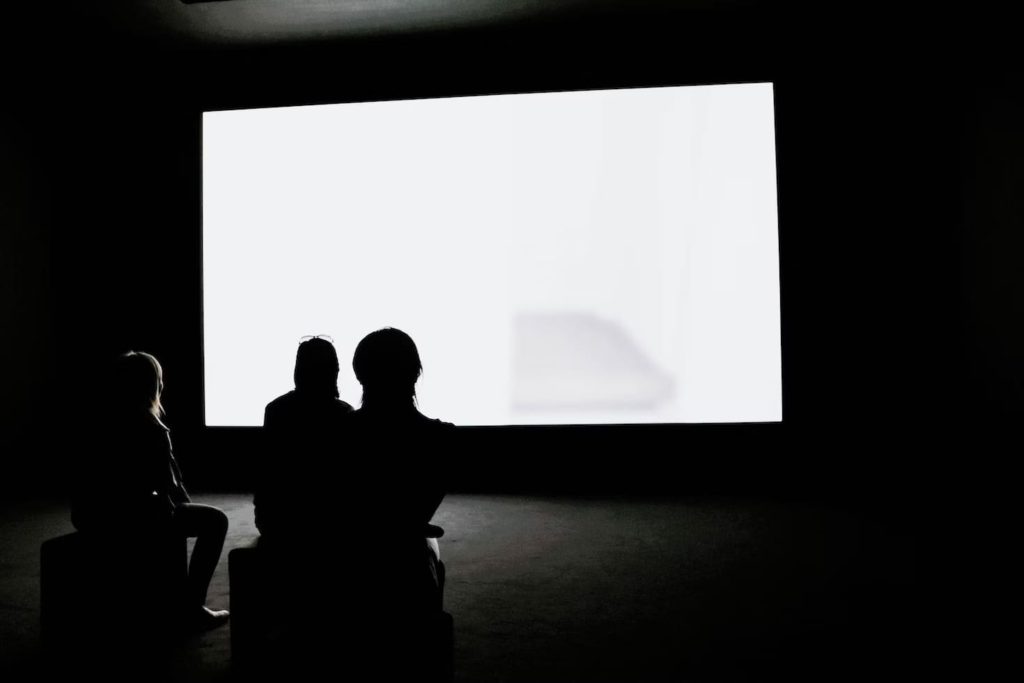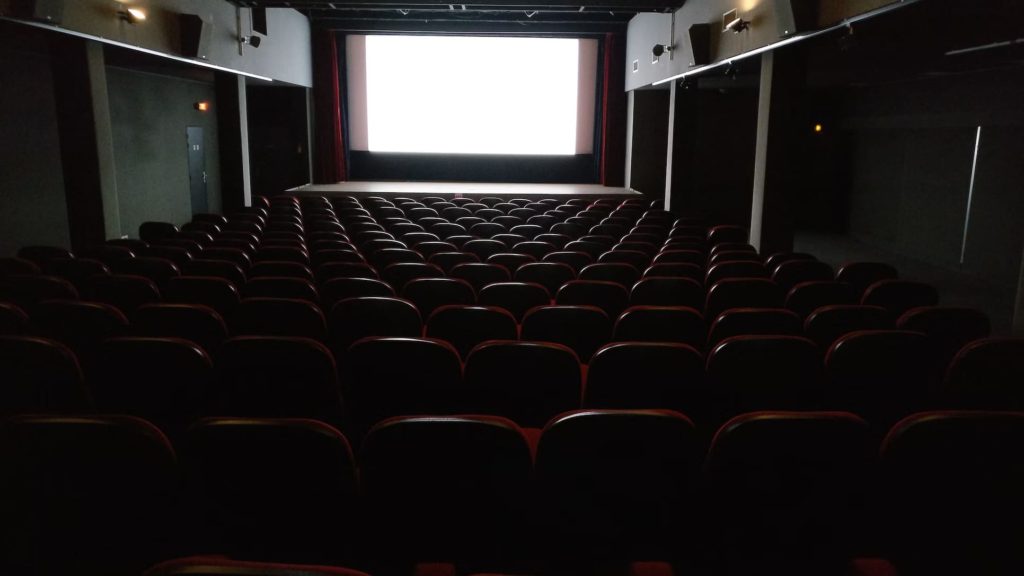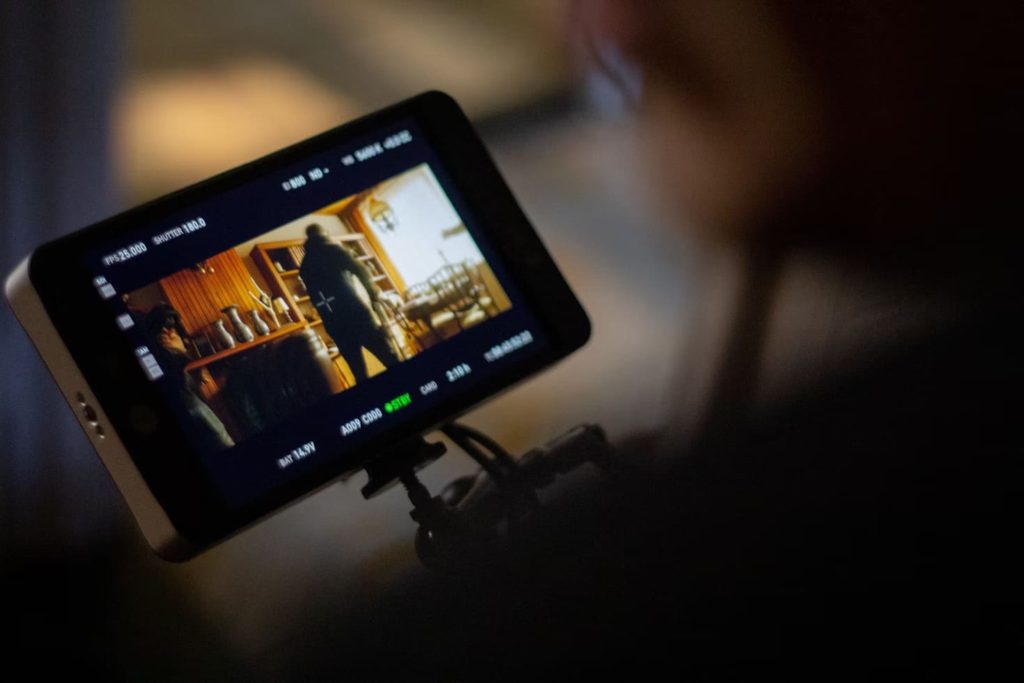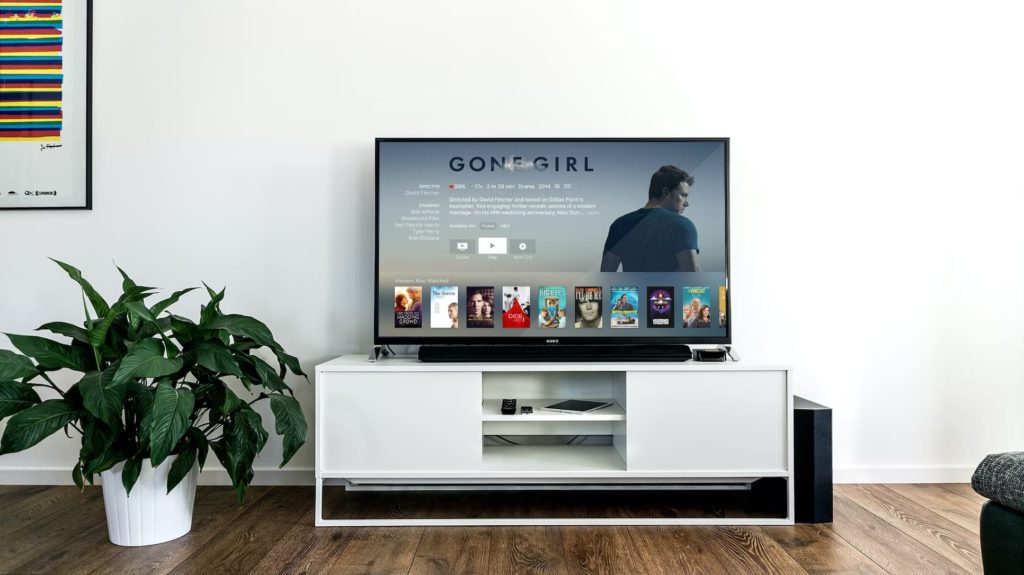What is Aspect Ratio in Film? Cinematography Aspect Ratios Explained
Aspect ratio is a key concept in film and video, but what is aspect ratio in cinematography, and how does the aspect ratio play a part in the production of movies?

A lot of us have experienced different aspect ratios when watching movies or television shows at home. If it has been shot in a different aspect ratio to the screen, you will see black bars that appear either at the bottom of the screen or along the sides. This is to avoid the picture warping and ruining the display. However, if you’ve experienced this you probably have a lot of questions. Why isn’t there one standard aspect ratio? What are the standard aspect ratios used in cinema?
In this guide, we delve into the concept of aspect ratio in cinematography and what the term means, plus the impact it has on the viewers.
What is Aspect Ratio in Cinematography?

Aspect ratio describes the relationship between an image or video’s width and height. It is presented as two numbers, with a colon separating them. The first number always identifies the width of the image or video while the second is the height.
You may see aspect ratios presented in multiple ways. Some are fractional, while others are written as a ratio without decimals. So a common aspect ratio (especially in the early days of film and television) was a 4:3 aspect ratio, which is often written as 1.33:1. This means that the width is always 1.33 times the height of the image.
The vast majority of aspect ratios are rectangular. We can see this when we visit the cinema or watch something on our screens at home. So the bigger number is almost always at the start of the number.
In the modern age, we have more screens than ever and it is less likely that we will all use standard sizes. People watch video on televisions, phones, tablets, and a variety of other screens, which leads to a problem solved by “letterboxing” and “pillar boxing” as explained below.
Letterboxing
Aspect ratio in cinematography and television can vary greatly which is fixed by letterboxing and pillar boxing. We have briefly explained these already. The terms refer to the black bars that come up on the bottom or the sides of the screen, effectively changing the display area of the screen in order to properly fit the video and not warp it to size. The same effect may be used in changing aspect ratios in reel cinematography, which may be different aspect ratios and require this technique to create continuity in the video. Letterboxing is often added even after post-production, for instance if it is required for a television broadcast.
Common Aspect Ratios

Let’s explore some of the common aspect ratios that are used in cinema.
1.85:1 Aspect Ratio
This is similar to the 16:9 aspect ratio that is commonly used in television and for YouTube when displaying on a computer. Anything that is shot in this format, therefore, has a tiny bit of letterboxing when watched on a television or computer in order to allow it to display correctly.
Many movies are shot in this format but it is not the most popular out of all of the aspect ratios used in cinematography. As this is quite a versatile ratio, a lot of commercials are also shot in this format.
2.39:1 Aspect Ratio
This is probably the most widely-used format in cinema. It is also one of the widest of the common ratios. It is often used to create a sense of drama and to showcase incredible locations. For instance, the wide view that it provides can give an excellent view of a landscape and make the audience feel like they are right in the middle of the action.
2:76:1 Aspect Ratio
This is an aspect ratio that was commonly used when shooting on 70mm film, but a lot of directors have started to use it again in order to provide a retro feel. It works well as an IMAX aspect ratio, as the screens are large enough to show off this huge, wide view.
The film was used famously for the Oscar-winning Ben-Hur and a lot of directors love the way it can show the landscapes and locations they spend so long seeking out for their films. Finding the right location is a huge part of pre-production and directors want to use an aspect ratio that can adequately show off their research and set the scene.
4:3 or 1.33:1 Aspect Ratio
This aspect ratio is a slight variation of the academy ratio, which was 1.37:1, and became popular in the early days of cinema. It was even used in silent films. The 4:3 aspect ratio became popular for television shows especially due to the fact that the screens made at the time tended to be in this ratio.
If you watch shows from the 70s or 80s today you will see that they are “pillar boxed” in order to show the aspect ratio properly on your screen, as they will have been shot in 4:3.
Widescreen HDTV eventually took over for the majority of home television sets. This is rarely used today, but sometimes directors wish to give a retro vibe to the film they are making so may revert to either the 4:3 aspect ratio or even use the academy ratio (1.37:1).
Cinerama and Cinemascope Aspect Ratios
In the 1950s, when televisions became a lot more popular, industry executives were worried that people would stop going to the cinema, which led to some new innovations such as Cinerama and Cinemascope. They were very similar, but Cinemascope used something called an anamorphic lens, meaning it was easier to project on the screen and cheaper for theaters.
Both Cinerama and Cinemascope stuck around for a while but didn’t necessarily become the industry standard. They also varied in their sizes, from 2.59:1 to 2.65:1 (Cinerama) and from 2.35:1 to 2.66:1 (Cinemascope). These aspect ratios can be accommodated by some IMAX screens but it is rare to hear either of these terms used in the modern age.
What Difference Does Aspect Ratio Make?

Aspect ratio serves as another tool in the toolbox of a filmmaker. When you look through the Insight Studios portfolio you will see that choices have been made regarding aspect ratio in order to provide the most effective style for the video.
Why does aspect ratio matter though? What difference does it really make to a film?
- Ease of display. A lot of films have to make multiple cuts in different aspect ratios which accommodate different methods of display. It is all very well having an ultra-widescreen aspect ratio that is used in IMAX displays, but this doesn’t make it easy for people who are watching on screens such as televisions. Filmmakers and film studios should consider the aspect ratio and whether it makes it difficult for the end product to be shown on the big screen.
- Style and era. Different aspect ratios have been popular throughout different eras, so some producers and filmmakers consider this when they are choosing which option to use. If somebody wants to create a retro look they may go for a 4:3 aspect ratio.
- Detail. When we see a wide aspect ratio such as a 21:9 aspect ratio (2.37:1) or even wider than this, it could be an attempt by the filmmakers to show as much detail as possible. If the film is shot in a visually impressive location then showing this off with a wide shot makes a lot of sense, and a lot of directors choose to use these ultra-widescreen methods.
Can You Change Aspect Ratios?
Directors and editors are able to alter the aspect ratio even after a film has been shot, assuming the footage is high enough quality to lose some of its detail and still look good. It is a little bit like cropping a photograph, and filmmakers need to ensure that they have enough detail left in that it will still look good. This also requires skillful editing and the whole video may need to be edited again to ensure no important information gets lost.
The aspect ratio of a film may be wider for IMAX and cinema screenings, but then another version may be released when it is time for the streaming release that can be watched at home.
Conclusion – Understanding Aspect Ratio in Film
Whether you are a viewer trying to understand the way films look and display on different screens at home, or you are making a video and need to make a decision regarding the aspect ratio to use, our guide will help you to fully understand all of the different aspect ratios and how they impact the look and feel of a film.
This is one of the huge repertoire of skills our team has, as they can help you to use aspect ratio as a creative effect. For help using the correct aspect ratio, and creating the perfect edit of your film, reach out to Insight Studios today and bring your dreams into reality.